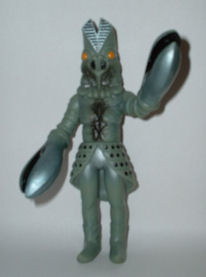The ultra quick guide to Japanese verb conjugation: the present indicative

The indicative mood is for ordinary, objective statements of fact. The present tense is used for incomplete habitual actions as well as for future intentions
Heads up! Japanese verbs do not change their form for gender or number see the examples below
The plain form of both class 1 and class 2 verbs is the same as the dictionary form
| iku | I go, they go, he/she/it goes, we go, I will go, they will go, he/she/it will go |
| miru | I see, they see, he/she/it sees, we see, I will see, they will see, he/she/it will see |
How to conjugate the Japanese present indicative tense
| Class 1 / c-stem verbs | Positive | Negative |
|---|---|---|
| Plain | dictionary form | stem + anai |
| Polite | infinitive + masu or stem + imasu |
change ending from "masu" to "masen" |
Look out! There are some exceptions to the rules above for verbs ending in -au, -iu and -ou; for these you add a "w" to the stem before adding "anai" for the plain negative.
| Class 2 / v-stem verbs | Positive | Negative |
|---|---|---|
| Plain | dictionary form | stem + nai |
| Polite | infinitive + masu or stem + masu |
change ending from "masu" to "masen" |
Example sentences for Japanese present infinite tense
| When the weather is nice I go to the park | Tenki ga ii to, koen ni ikimasu |
| Kuruma ga arimasen keredomo, unten dekimasu | I don't have a car but I can drive |
| Rokuji made ni denwa ga dekimasu ka? | Will you be able to phone by 6 o clock? |
| Dekiru kagari, doryoku shimasu | I will try as much as is possible |
| I phoned instead of going | iku kawari ni denwa o shimashita |